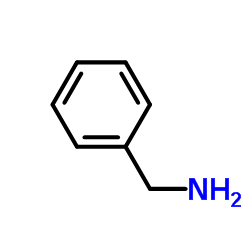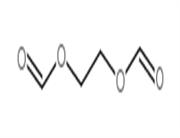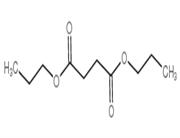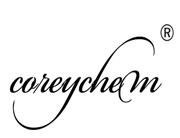Description
KX2-391 is an inhibitor of Src that targets the peptide substrate site of Src, with GI50 of 9-60 nM in cancer cell lines.
Related Catalog
Signaling Pathways >> Cell Cycle/DNA Damage >> Microtubule/Tubulin
Signaling Pathways >> Cytoskeleton >> Microtubule/Tubulin
Signaling Pathways >> Protein Tyrosine Kinase/RTK >> Src
Research Areas >> Cancer
Target
GI50: 9 nM (Src, in HuH7 cells), 13 nM (Src, in PLC/PRF/5 cells), 26 nM (Src, in Hep3B cells), 60 nM (Src, in HepG2 cells)[1]
In Vitro
KX2-391 is a Src inhibitor that is directed to the Src substrate pocket. KX2-391 shows steep dose-response curves against Huh7 (GI50=9 nM), PLC/PRF/5 (GI50=13 nM), Hep3B (GI50=26 nM), and HepG2 (GI50=60 nM), four hepatic cell cancer (HCC) cell lines[1]. KX2-391 is found to inhibit certain leukemia cells that are resistant to current commercially available drugs, such as those derived from chronic leukemia cells with the T3151 mutation. KX2-391 is evaluated in engineered Src driven cell growth assays inNIH3T3/c-Src527F and SYF/c-Src527F cells and exhibits GI50 with 23 nM and 39 nM, respectively[2].
In Vivo
Orally administered KX2-391 is shown to inhibit primary tumor growth and to suppress metastasis, in pre-clinical animal models of cancer[2].
Cell Assay
Liver cell lines including Huh7, PLC/PRF/5, Hep3B, and HepG2 are routinely cultured and maintained in basal medium containing 2% fetal bovine serum (FBS) at 37°C and 5% CO2. Cells are seeded at 4.0×103/190 μL and 8.0×103/190 μL per well of 96-well plate in basal medium containing 1.5% FBS. These are cultured overnight at 37°C and 5% CO2 prior to the addition of KX2-391, at concentrations ranging from 6,564 to 0.012 nM in triplicates. Treated cells are incubated for 3 days. Ten μLs of 3-(4,5-dimethylthiazol- 2-yl)-2,5-diphenyltetrazolium bromide (MTT) solution (5 mg/mL) is then added to each well on day 3 and cells incubated for 4 hours. The formazan product is dissolved with 10% SDS in dilute HCl. Optical density at 570 nm is measured. For comparison of activity and potency, parallel experiments are performed using KX2-391. Growth inhibition curves, 50% inhibition concentration (GI50), and 80% inhibition concentration (GI80) are determined using GraphPad Prism 5 statistical software. Data are normalized to represent percentage of maximum response as well as reported in optical density at wavelength of 570 nm (OD570) signal format[1].
References
[1]. Lau GM, et al. Expression of Src and FAK in hepatocellular carcinoma and the effect of Src inhibitors on hepatocellular carcinoma in vitro. Dig Dis Sci, 2009, 54(7), 1465-1474.
[2]. Fallah-Tafti A, et al. Thiazolyl N-benzyl-substituted acetamide derivatives: synthesis, Src kinase inhibitory and anticancer activities. Eur J Med Chem, 2011, 46(10), 4853-4858.

 China
China

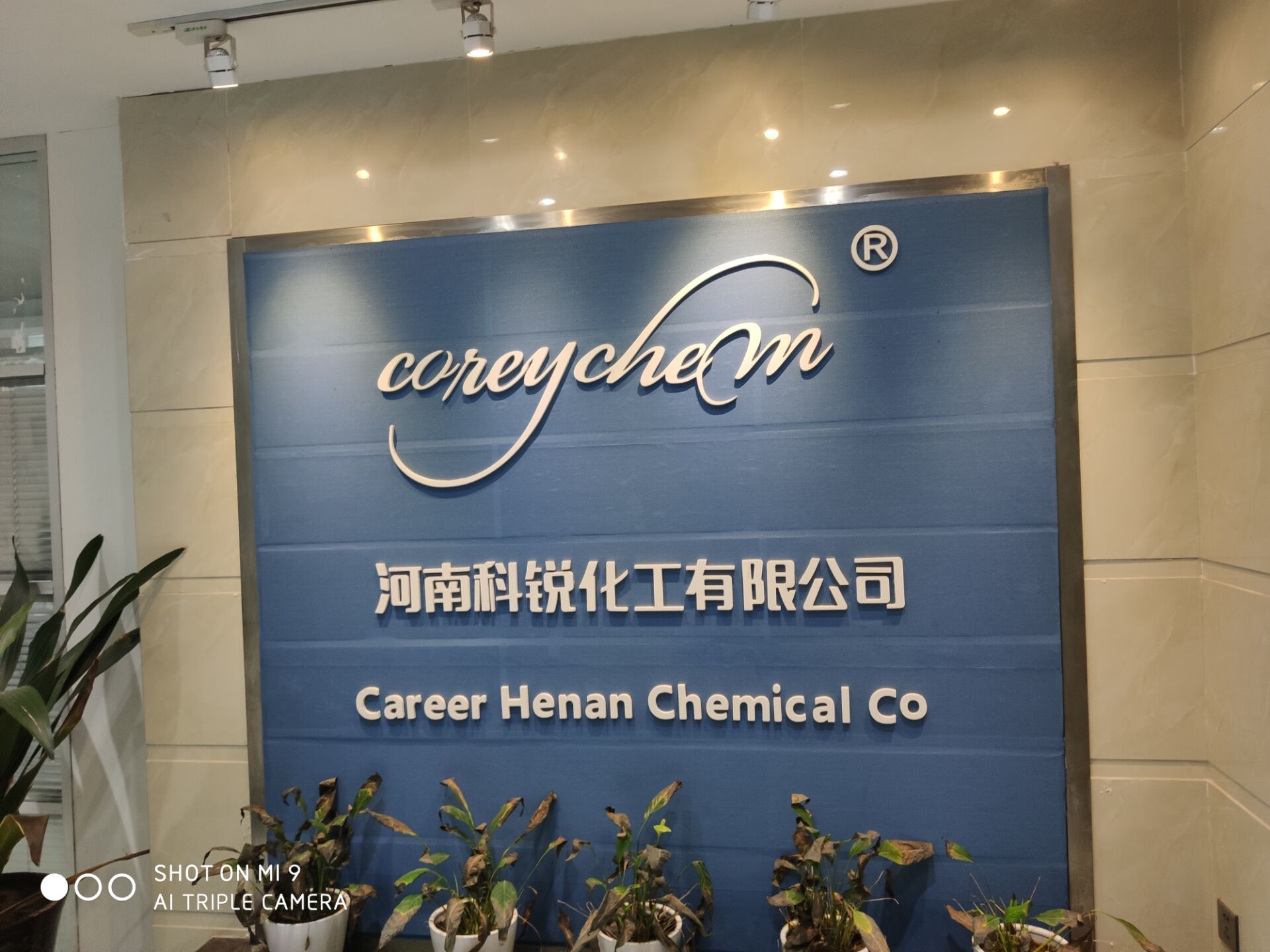

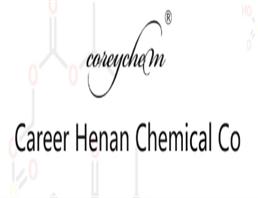
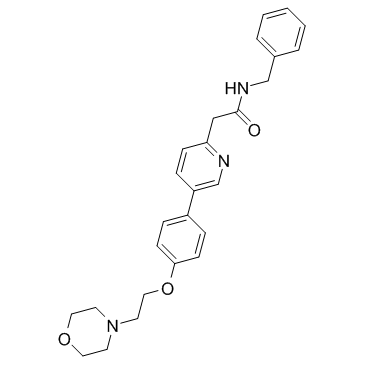
![methyl 2-[5-[4-(2-morpholin-4-ylethoxy)phenyl]pyridin-2-yl]acetate structure](https://www.chemsrc.com/caspic/347/1038395-64-0.png)
